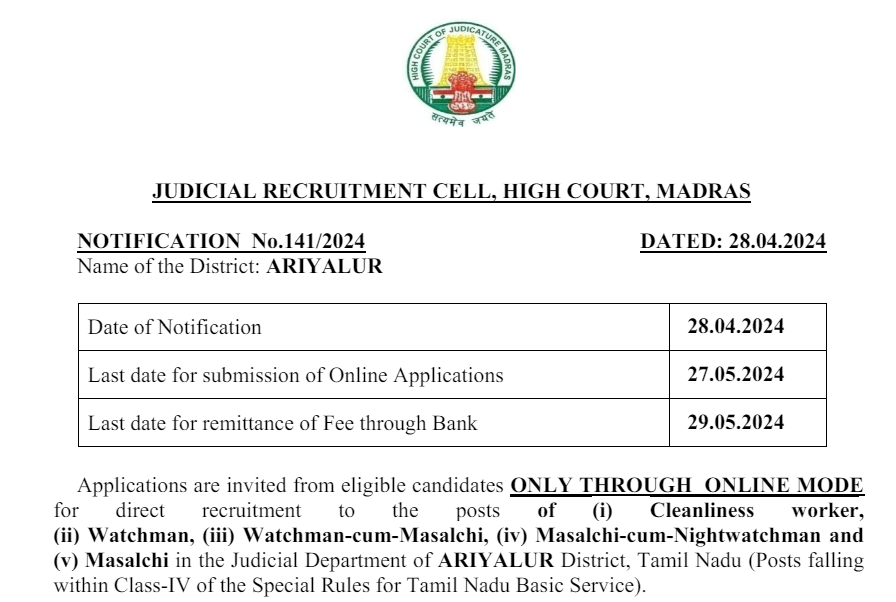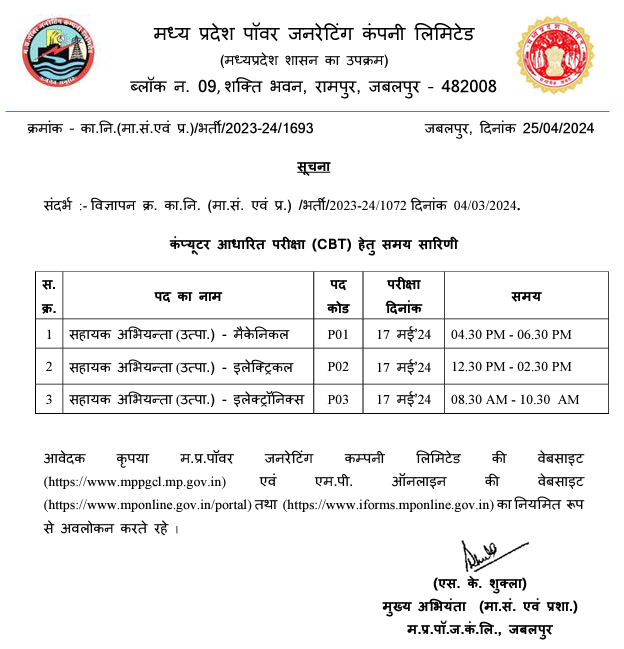Civil Engineering Important Part Two MCQ

Category –CE Online Test
Telegram-Join Us On Telegram
Attempt Free Civil Engineering Important Part Two MCQ Here. Read The Important Electricity MCQ From Below.
201. The flow in which the velocity vector is identical in magnitude and direction at every point, for any given instant, is known as
(a) one dimensional flow
(b) uniform flow
(c) steady flow
(d) turbulent flow
(e) streamline flow.
Ans: b
202. The flow in which the particles of a fluid attain such velocities that vary from point to point in magnitude and direction as well as from instant to instant, is known as
(a) one dimensional flow
(b) uniform flow
(c) steady flow
(d) turbulent flow
(e) streamline flow.
Ans: d
210. Flow occurring in a pipeline when a valve is being opened is
(a) steady
(b) unsteady
(c) laminar
(d) vortex
(e) rotational.
Ans: b
211. General energy equation holds for
(a) steady flow
(b) turbulent flow
(c) laminar flow
(d) non-uniform flow
(e) all of the above.
Ans: d
212. A streamline is defined as the line
(a) parallel to central axis flow
(b) parallel to outer surface of pipe
(c) of equal yelocity in a flow
(d) along which the pressure drop is uniform
(e) which occurs in all flows.
Ans: c
213. Two dimensional flow occurs when
(a) the direction and magnitude of the velocity at all points are identical
(b) the velocity of successive fluid par-ticles, at any point, is the same at successive periods of time
(c) the magnitude and direction of the velocity do not change from point to point in the fluid
(d) the fluid particles move in plane or parallel planes and the streamline pat-terns are identical in each plane
(e) velocity, depth, pressure, etc. change from point to point in the fluid flow.
Ans: d
Civil Engineering Important Part Two MCQ
215. A piece of metal of specific gravity 7 floats in mercury of specific gravity 13.6. What fraction of its volume is under mercury ?
(a) 0.5
(b) 0.4
(c) 0.515
(d) 0.5
(e) none of the above.
Ans: c
216. A piece of wood having weight 5 kg floats in water with 60% of its volume under the liquid. The specific gravity of wood is
(a) 0.83
(b) 0.6
(c) 0.4
(d) 0.3
(e) none of the above.
Ans: b
218 The velocity of jet of water travelling out of opening in a tank filled with water is proportional to
(a) head of water (h)
(b) h2
(c) V/T
(d) h2
(e) h3/1.
Ans: c
219. In a free vortex motion, the radial component of velocity everywhere is
(a) maximum
(b) minimum
(c) zero
(d) non-zero and finite
(e) unpredictable.
Ans: c
220. In a forced vortex, the velocity of flow everywhere within the fluid is
(a) maximum
(b) minimum
(c) zero
(d) non-zero finite
(e) unpredictable.
Ans: d
Civil Engineering Important Part Two MCQ
221. The region between the separation streamline and the boundary surface of the solid body is known as
(a) wake
(b) drag
(c) lift
(d) boundary layer
(e) aerofoil section.
Ans: a
222. For hypersonic flow, the Mach number is
(a) unity
(b) greater than unity
(c) greater than 2
(d) greater than 4
(e) greater than 10.
Ans: d
223. The upper surface of a weir over which water flows is known is
(a) crest
(b) nappe
(c) sill
(d) weir top
(e) contracta.
Ans: c
224. Normal depth in open channel flow is the depth of flow corresponding to
(a) steady flow
(b) unsteady flow
(c) laminar flow
(d) uniform flow
(e) critical flow.
Ans: d
226. Uniform flow occurs when
(a) the direction and magnitude of the velocity at all points are identical
(b) the velocity of successive fluid pai-ticles, at any point, is the same at successive periods of time
(c) the magnitude and direction of the velocity do not change from point to point in the fluid
(d) the fluid particles move in plane or parallel planes and the streamline pat-terns are identical in each plsr.e
(e) velocity, depth, pressure, etc. change from point to point in the fluid flow.
Ans: c
Civil Engineering Important Part Two MCQ
227. Pitot tube is used for measurement of
(a) pressure
(b) flow
(c) velocity
(d) dsscharge
(e) viscosity.
Ans: c
228 Hydrometer is used to determine
(a) specific gravity of liquids
(b) specific gravity of solids
(c) specific gravity of gases
(d) relative humidity
(e) density.
Ans: a
229. The total energy of each particle at various places in the case of perfect incompres sible fluid flowing in continuous sream
(d) keeps on increasing
(b) keeps on decreasing
(c) remains constant
(d) may increase/decrease
(e) unpredictable.
Ans: c
230. According to Bernoulli’s equation for steady ideal fluid flow
(a) principle of conservation of mass holds
(b) velocity and pressure are inversely proportional
(c) total energy is constant throughout
(d) the energy is constant along a stream-line but may vary across streamlines
(e) none of the above.
Ans: d
231. The equation of continuity holds good when the flow
(a) is steady
(b) is one dimensional
(c) velocity is uniform at all the cross sec-tions
(d) all of the above
(e) none of the above.
Ans: d
Civil Engineering Important Part Two MCQ
232. Mach number is significant in
(a) supersonics, as with projectiles and jet propulsion
(b) full immersion or completely enclosed flow, as with pipes, aircraft wings, nozzles etc.
(c) simultaneous motion through two fluids where there is a surface of dis-continuity, gravity force, and wave making effects, as with ship’s hulls
(d) all of fhe above
(e) none of the above.
Ans: a
233. Froude number is significant in
(a) supersonics, as with projectile and jet propulsion
(b) full immersion or completely enclosed flow, as with pipes, aircraft wings, nozzles etc.
(c) simultaneous motion through two fluids where there is a surface of dis-continuity, gravity forces, and wave making effect, as with ship’s hulls
(d) all of the above
(e) none of the above
Ans: c
234. All the terms of energy in Bernoulli’s equation have dimension of
(a) energy
(b) work
(c) mass
(d) length
(e) time.
Ans: d
235. Reynolds number is significant in
(a) supersonics, as with projectile and jet propulsion
(b) full immersion or completely enclosed flow, as with pipes, aircraft wings, nozzles etc.
(c) simultaneous motion through two fluids where there is a surface of dis-continuity, gravity forces, and wave making effect, as with ship’s hulls
(d) all of the above
(e) none of the above.
Ans: b
236. The fluid forces considered in the Navier Stokes equation are
(a) gravity, pressure and viscous
(b) gravity, pressure and turbulent
(c) pressure, viscous and turbulent
(d) gravity, viscous and turbulent
(e) none of the above.
Ans: a
Civil Engineering Important Part Two MCQ
237. A large Roynold number is indication of
(a) smooth and streamline flow
(b) laminar flow
(c) steady flow
(d) turbulent flow
(e) highly turbulent flow.
Ans: e
239. For pipes, laminar flow occurs when Roynolds number is
(a) less than 2000
(b) between 2000 and 4000
(c) more than 4000
(d) less than 4000
(e) none of the above.
Ans: a
240. In order that flow takes place between two points in a pipeline, the differential pressure between thes^ points must be more than
(a) frictional force
(b) viscosity
(c) surface friction
(d) all of the above
(e) none of the above.
Ans: d
241. At the centre line of a pipe flowing under pressure where the velocity gradient is zero, the shear stress will be
(a) minimum
(b) maximum
(c) zero
(d) negative value
(e) could be any value.
Ans: e
242. The pressure in Pascals at a depth of 1 m below the free surface of a body of water will be equal to
(a) 1 Pa
(b) 91Pa
(c) 981 Pa
(d) 9810 Pa
(e) 98,100 Pa.
Ans: d
Civil Engineering Important Part Two MCQ
244. Two pipe systems can be said to be equivalent, when the following quantites are same
(a) friction loss and flow
(b) length and diameter
(c) flow and length
(d) friction factor and diameter
(e) velocity and diameter.
Ans: a
245. For pipes, turbulent flow occurs when Reynolds number is
(a) less than 2000
(b) between 2000 and 4000
(c). more than 4000
(d) less than 4000
(e) none of the above.
Ans: c
246. Bernoulli equation deals with the law of conservation of
(a) mass
(b) momentum
(c) energy
(d) work
(e) force.
Ans: c
247. A hydraulic press has a ram of 15 cm diameter and plunger of 1.5 cm. It is required to lift a weight of 1 tonne. The force required on plunger is equal tc
(a) 10 kg
(b) 100 kg
(c) 1000 kg
(d) 1 kg
(e) 10,000 kg.
Ans: a
248 Cavitation is caused by
(a) high velocity
(b) high pressure
(c) weak material
(d) low pressure
(e) low viscosity.
Ans: d
Civil Engineering Important Part Two MCQ
249. Cavitation will begin when
(a) the pressure at any location reaches an absolute pressure equal to the saturated vapour pressure of the liquid
(b) pressure becomes more than critical pressure
(c) flow is increased
(d) pressure is increased
(e) none of the above.
Ans: a
250. Principle of similitude forms the basis of
(a) comparing two identical equipments
(b) designing models so that the result can be converted to prototypes
(c) comparing similarity between design and actual equipment
(d) hydraulic designs
(e) performing acceptance tests.
Ans: b
251. For similarity, in addition to models being geometrically similar to prototype, the following in both cases should also be equal
(a) ratio of inertial force to force due to viscosity
(b) ratio of inertial force to force due to gravitation
(c) ratio of inertial force to force due to surface tension
(d) all the four ratios of inertial force to force due to viscosity,
gravitation, surface tension, and elasticity
Ans: d
Civil Engineering Important Part Two MCQ














